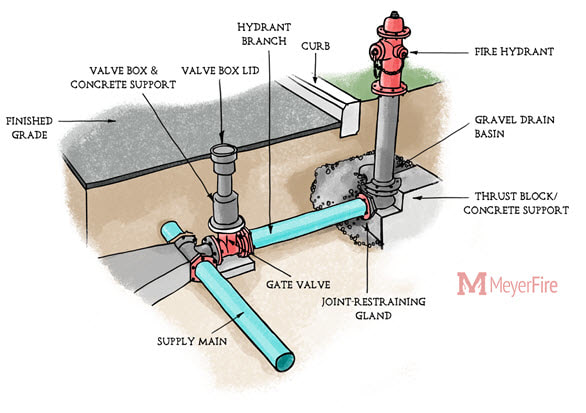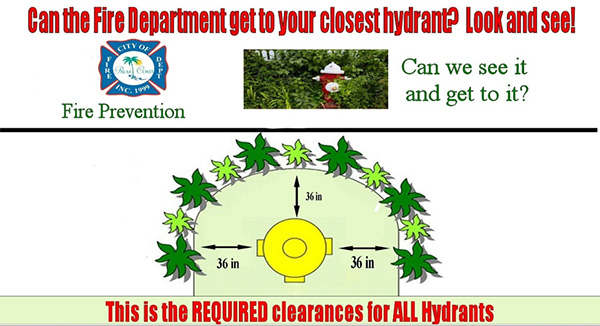
Introduction
Fire hydrants are an essential tool for firefighters to put out fires quickly and effectively. The National Fire Protection Association (NFPA) has set guidelines for fire hydrant installation to ensure that they function properly when needed. In this article, we will discuss the NFPA fire hydrant requirements in detail.
Location Requirements

The location of fire hydrants is a critical aspect of their effectiveness. The NFPA requires that fire hydrants be located within 100 feet of all buildings and accessible to fire trucks. They should be placed in a location that is visible and easily accessible to firefighters. Fire hydrants should also be installed on a level surface to prevent any instability.
Hydrant Types

There are two types of fire hydrants - wet barrel and dry barrel. Wet barrel hydrants are used in areas with a mild climate, while dry barrel hydrants are used in areas with a cold climate. The NFPA requires that all fire hydrants meet their standards.
Hydrant Installation and Maintenance
The installation and maintenance of fire hydrants are crucial to ensuring their functionality. The NFPA recommends that fire hydrants be installed and maintained by licensed professionals. Hydrants should be inspected at least once a year to ensure they are functioning correctly. Any damage or malfunction should be fixed immediately.
Hydrant Markings

Properly marked fire hydrants are essential for firefighters to locate them quickly. The NFPA requires that fire hydrants be painted red, with the top of the hydrant painted silver or chrome. The hydrant's gpm (gallons per minute) and pressure rating should be marked on the side of the hydrant for easy reference.
Water Supply Requirements

The water supply requirements for fire hydrants are crucial to their effectiveness. The NFPA requires that each fire hydrant have a minimum flow rate of 500 gallons per minute (gpm) for at least two hours. The water supply should also be tested and maintained regularly to ensure its functionality.
Hydrant Accessibility

Firefighters must be able to access the fire hydrant easily in case of an emergency. The NFPA requires that a clear path of at least three feet wide be maintained around the fire hydrant. The fire hydrant should also be visible and unobstructed by any objects.
Hydrant Distance Requirements

The distance between fire hydrants is also an essential factor in their effectiveness. The NFPA requires that fire hydrants be placed no more than 600 feet apart in urban areas and no more than 1,000 feet apart in rural areas. This ensures that firefighters have easy access to water sources in case of an emergency.
Conclusion
Adhering to the NFPA fire hydrant requirements is crucial to ensuring the safety of individuals and property. Proper installation, maintenance, and accessibility of fire hydrants can make all the difference in extinguishing a fire quickly and effectively. By following these guidelines, firefighters can have the necessary tools to combat fires and prevent further damage.